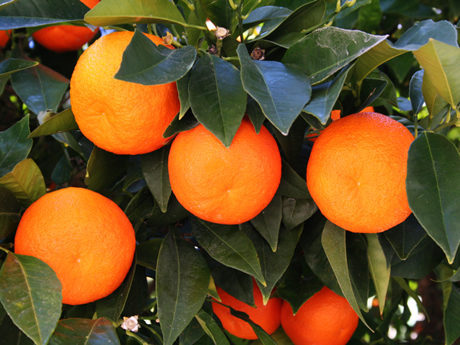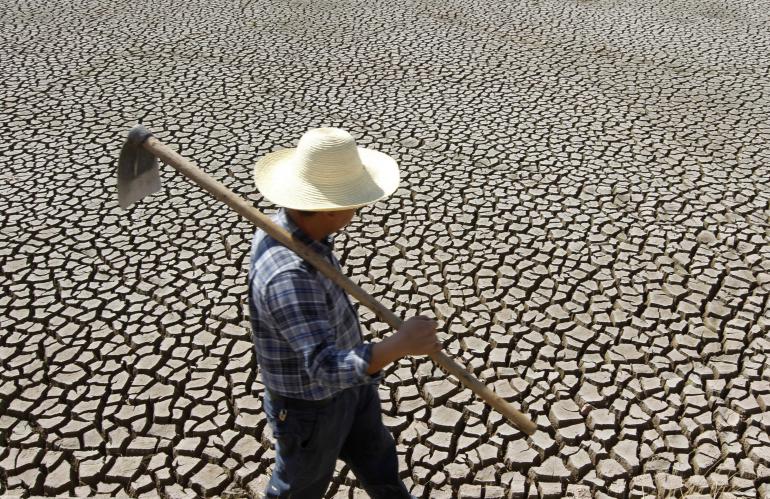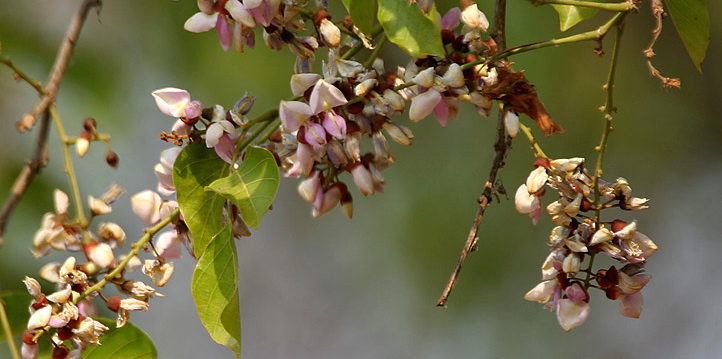Citrus Growers Forced to Push Trees Due to Zero Water
Governor Brown issued an executive order on Friday to the Department of Water Resources and the State Water Resources Control Board to expedite approvals of voluntary water transfers to areas of need.
Citrus growers and communities within the Friant service area, however, are still without water despite the availability of additional supplies from recent storm events.
There have been many opportunities for the state water agencies to communicate with stakeholders the amount of water that will be delivered, yet they consistently fail to provide numbers.
A conference call was scheduled on Friday, but after being postponed twice it was cancelled. “The lack of communication by Federal and State administrations to producers of fresh fruits and vegetables regarding future deliveries is unacceptable,” says Nelsen.
A vast majority of the Central Valley’s $1.5 billion citrus industry is located within the Friant Service Area. Due to the unwillingness of the National Marine Fisheries Service (NMFS) to cooperate with State and Federal lawmakers and agencies, an estimated 50,000 acres of citrus in the Central Valley is at risk of being forced out of production.
We now know that because of the February and March storms there is sufficient supply to service the Friant Canal’s minimum needs of 200,000 acre-feet. However, “NMFS fails to realize the disastrous impacts of their unwillingness to reevaluate the actual needs of the fish and reach a balanced solution for all stakeholders,” says CCM President Joel Nelsen. “Growers are now being forced to make difficult decisions as the bureaucrats at NMFS fail to reach a decision of their own.”
Acres upon acres of valuable citrus trees have already been pushed out of production. But, it is not just trees that will be pushed if Friant does not receive water – jobs will be pushed, people will be pushed, and the economy will surely suffer.
California Citrus Mutual estimates that a loss of 50,000 acres will result in a $3 billion hit to the California economy. “This is not just about trees, it is a matter of public health,” continues Nelsen. “Unless our growers receive their fair share of water from the Friant Canal our communities will suffer without the economic driver of a vibrant citrus industry in the Central Valley.”
“I ask, is it worth sending excess amounts of water down the river at the expense of an entire industry and the 20,000 jobs it creates,” concludes Nelsen.



































